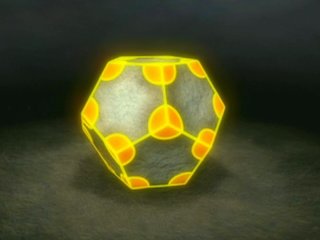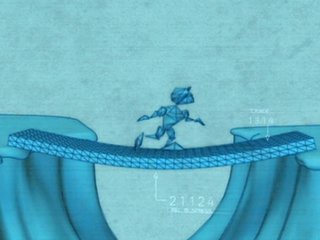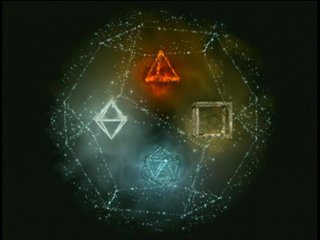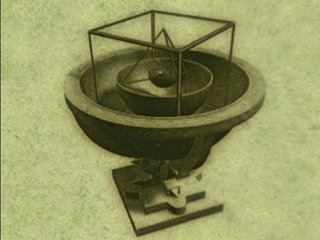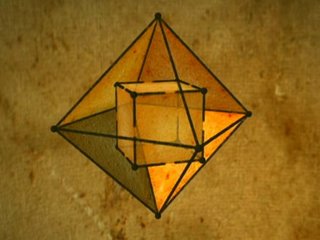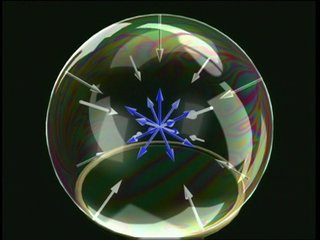This animated feature film takes you on a ride into the world of discretization and its history. Nine entertaining chapters take you on a ride through the development of discrete geometry and its everyday applications like computer graphics.
Beginning in ancient times MESH shows the regularities Romans detected in nature in crystals etc. Since then mathematicians used proportions and measures to describe relations between polyhedra.
Especially the high regularity of five polyhedra caught their interest: The five solids we nowadays call platonic solids. Cube, Tetrahedron, Octahedron, Dodecahedron, and Icosahedron have been fascinating mankind since more than 2,500 years. Plato even used them to describe the whole universe based on these solids he called “cosmic”.
Besides Plato other philosophers also used mathematics to describe their world. Take Euclid for example. He aimed to measure and quantify the world. His ideas inspired Kepler to use the platonic solids to compute and predict planetary motions.
“MESH” discusses use and applications of discretizations. First, discretizing was a way to reduce the complexity of certain problems. But using discrete models is always accompanied by losing some accuracy. The solution to this problem was actually the discovery of Analysis. The infinitisemal methods can make the distance between discretization points infinitely small.
Nowadays we run into other obstacles. Computers are only able to process a finite number of values. So after seemingly overcoming the limitations of discretization we go back to using them for our high-tech applications!
Finally, “MESH” concludes with constructing special soap bubbles. This is another example for helpful discretizations. Using them correctly they can deliver easy and great answers to complex problems.
Besides explaining these methods, “MESH” itself was created using modern computer graphic.
Chapters
- Platonische Körper
- Welt des Timaeus
- Keplers Modell des Sonnensystems
- Diskrete Messungen
- Numerische Simulationen und finite Elemente
- Krümmung und Spannung
- Unterteilungsflächen
- Scannen und Optimieren
- Diskrete Seifenblasen
The DVD set contains a booklet and gives extensive explanations for every chapter in German.
- Author
-
Beau Janzen
Konrad Polthier - Genre
- Animated Movies
- Mathematical Topics
-
Discrete mathematics
Geometry - Tags
-
Pythagoras
Projection
Platonic solids
Golden ratio
Dimension
For beginners - Duration
- 38 minutes 20 seconds
- Year of Release
- 2007
- Languages
-
German
English



